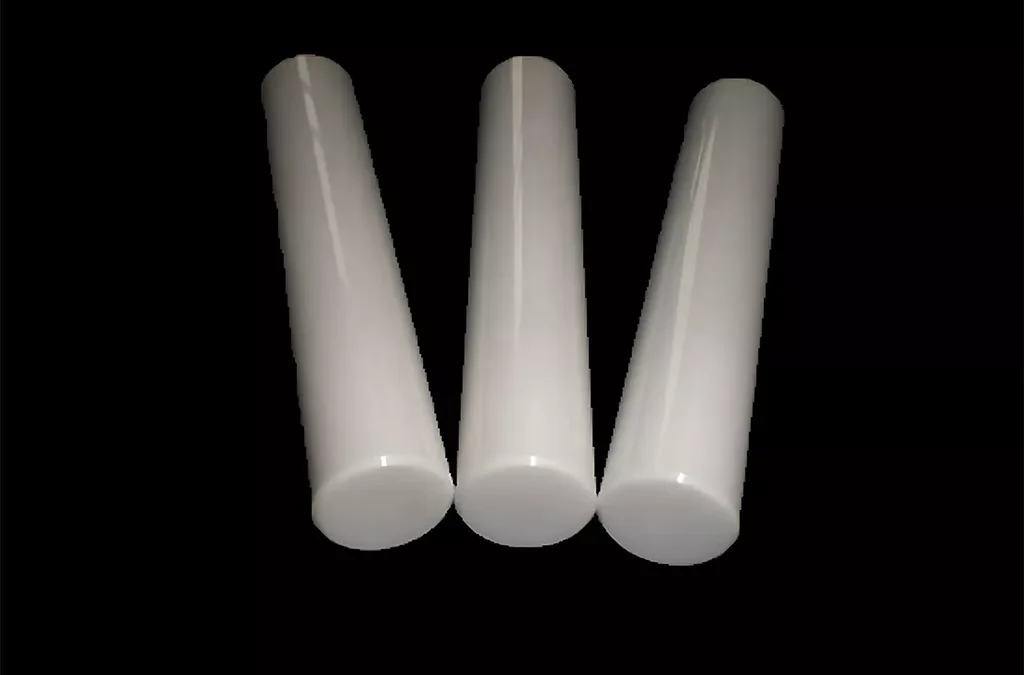Ceramic rods are made of zirconium oxide or alumina as production materials. Compared with similar products, the advantages are quite significant. It has good wear resistance. So what are the advantages of zirconia ceramic rods?
Zirconia ceramic rods have the properties of fall resistance, wear resistance, super hardness, high temperature resistance, fire resistance, super corrosion resistance, never rust, insulation, etc. It can be widely used in semiconductors, new energy, medical equipment, aerospace, machinery manufacturing, battery materials and other industries. It can also be widely used in power, metallurgy, mining, coal, chemical industry and other industries as corrosive media. It is an ideal wear-resistant ceramic rod.
Advantages of zirconia ceramic rods:
1. Anti-fall.
2. Wear resistance-suitable for places where heavy objects are placed or where frequent cleaning is required.
3. Easy to clean-tight impermeable surface, so that dust is not easy to adhere to it.
4. Moisture resistance-no water absorption.
5. UV resistance-not affected by weather changes, whether it is sun or rain.
6. Fire resistance.
7. Anti-static-as an anti-static material, it is very suitable for dust-free areas.
8. Corrosion resistance – chemical corrosion resistance, acid resistance, oxidation resistance to toluene and similar substances.

Zirconia ceramic rod is a sensor that uses zirconium oxide concentration potential to measure oxygen content. Its core zirconium oxide tube is placed in a miniature electric furnace and is located at the top of the entire probe. The zirconium oxide tube is a stable zirconium oxide ceramic sintered body made by mixing zirconium oxide with a certain amount of yttrium oxide or calcium oxide and sintering at high temperature. Because its cubic lattice contains oxygen ion vacancies, it is a good industrial ceramic plate oxygen ion conductor at high temperatures.
Due to this characteristic, when the oxygen content on both sides of the zirconia ceramic rod is different at a certain high temperature, it is a typical oxygen concentration difference cell, in which air is the reference gas, and it and the flue gas are located at the inner and outer electrodes respectively.
Under certain high temperature conditions (generally 600℃), a certain flue gas oxygen content will have a corresponding potential output. Under ideal conditions, its potential value corresponds to the oxygen content in the high temperature zone.
When the measured flue gas concentration of the zirconia ceramic rod is the same as the reference gas concentration, its output potential e value is 0mv. However, in practical applications, the actual conditions and on-site situations of zirconium tubes are not ideal.
If you have any needs about industrial ceramic materials, please feel free to contact us at any time 0086-17702411651

